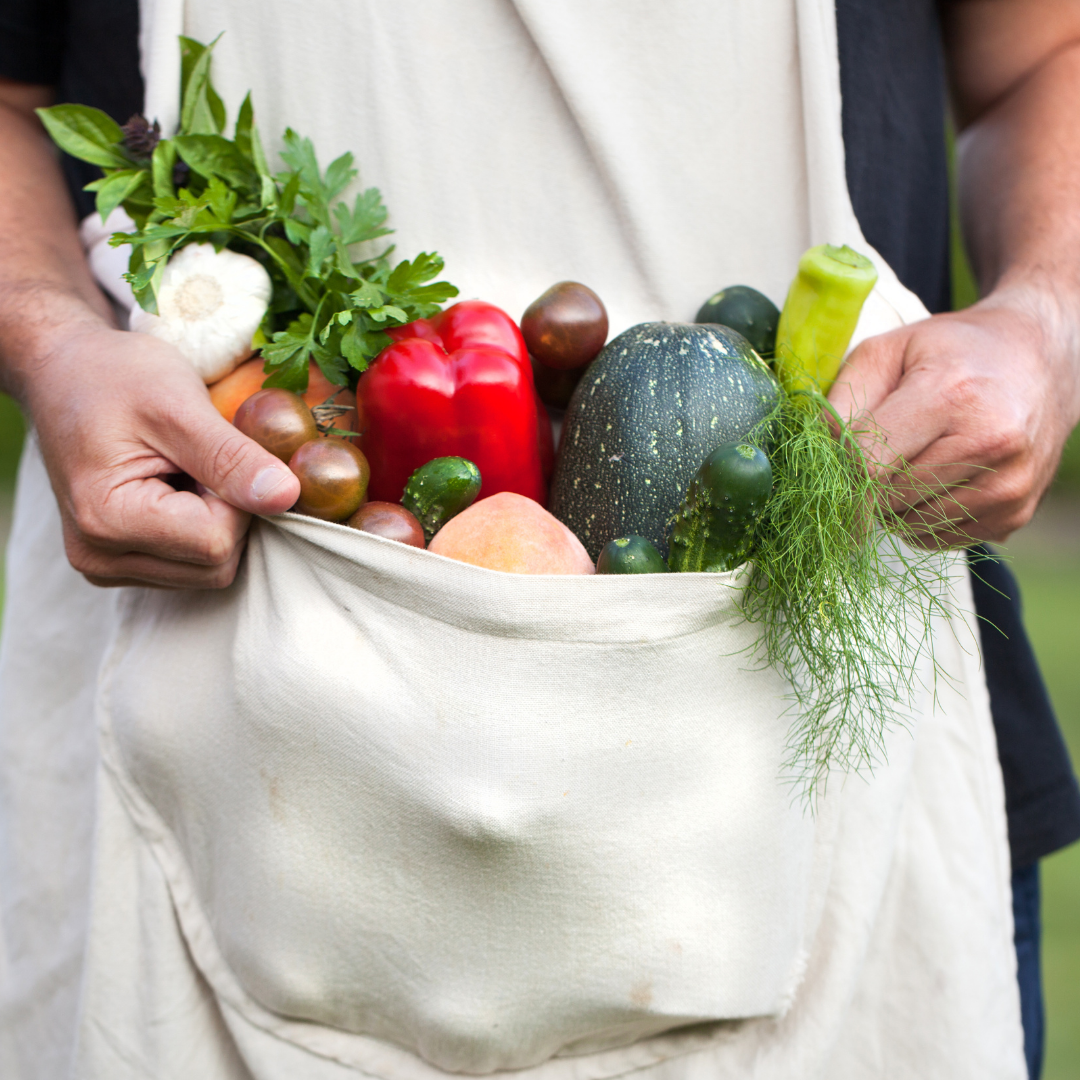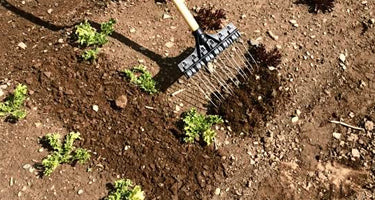
Setting Your Garden Up For Success
I’ve been a professional grower for over a decade and see most gardening projects go to the dogs by August of each year. Typically these gardening “failures” are a result of 4 main categories of oversight:
- Organization/Planning
- Sanitation
- Watering
- Weed Management
In order to set your garden up for success I’m going to walk you through each of these gardening faux pas and get you growing in the right direction.
Organization/Planning:
When was the last time you walked into your tool shed and found exactly what you needed in an instant?

If it looks like this you might want to start with some spring cleaning. Make sure everything is easily accessible both visually and physically. Tools should be oiled (handle and metal with linseed oil), sharpened, and not broken.
Additionally you should take the time to do a garden plan. A quick plot drawing will help you minimize crowding in your beds, reduce overspending on seedlings or seeds, and make sure you’re utilizing your space most efficiently. There are even handy online garden planners like this one with gardeners.com to help you out with spacing and avoid having to find your ruler and graph paper in that mess of a tool shed you’ve got going on! And if you need to know how much soil to buy? Try the Tilth Soil Calculator to get yourself on the right track.
Sanitation:
Have you ever disinfected your tools-ever!? Most folks haven’t, and consequently spread disease from plant to plant while harvesting or pruning throughout the season. Keep a spray bottle of disinfectant like Eco-Friendly Seventh Generation easily accessible to spray-down my pruners/knives between each plant or garden bed.
Also try to spend a few minutes on a weekly clean-up around the garden. Remove dead or dying plant debris, pick-up dropped cherry tomatoes, prune, and avoid putting uncomposted food scraps directly into your beds. This will help reduce disease and pests.

Watering:
Watering can be meditative for some, and a chore for others. Most of the time plants are not being watered properly. Plants need an initial spray/shower of water to entice them, then a thorough watering once the soil is pre-moistened. Avoid the jet stream and high-pressure watering, it is inadequate and the splash-up can cause disease on your lower leaves. I know, the hose doesn’t reach and you just don’t want to walk all the way back to undo where it’s hooked on the patio chair for the 16th time, just do it. Put on a pedometer and make those steps count!
Alternatively make an investment in a drip irrigation system and avoid using a hose altogether. Folks like Grow at Home can help get you set up with all the right parts and efficient layout.

Weed Management:
Weed Before You See Weeds! Weekly, yes that’s every seven days and roughly four times a month. Use a tine rake or gloved hand or hoe or spade and rough-up any bare soil to kill weeds in their germination stage. There are also options for mulching with cardboard, cover crops, landscape fabric, and composts like Tilth Soil’s Wendell. Mulching has the added benefit of holding in soil moisture. By weeding before you see weeds or mulching, you eliminate competition with your vegetables, reduce pests and disease, limit your gardening efforts to keep weeds in control and have a beautiful bed where your vegetables are the centerpiece.

To recap you now have four main areas of focus that will lead to your gardening success. By considering the organization of tools and your garden layout, keeping your garden and tools clean throughout the season, ensuring proper and frequent watering, and performing easy weeding/mulching you will have a garden that will provide veggies and joy the entire season long.
